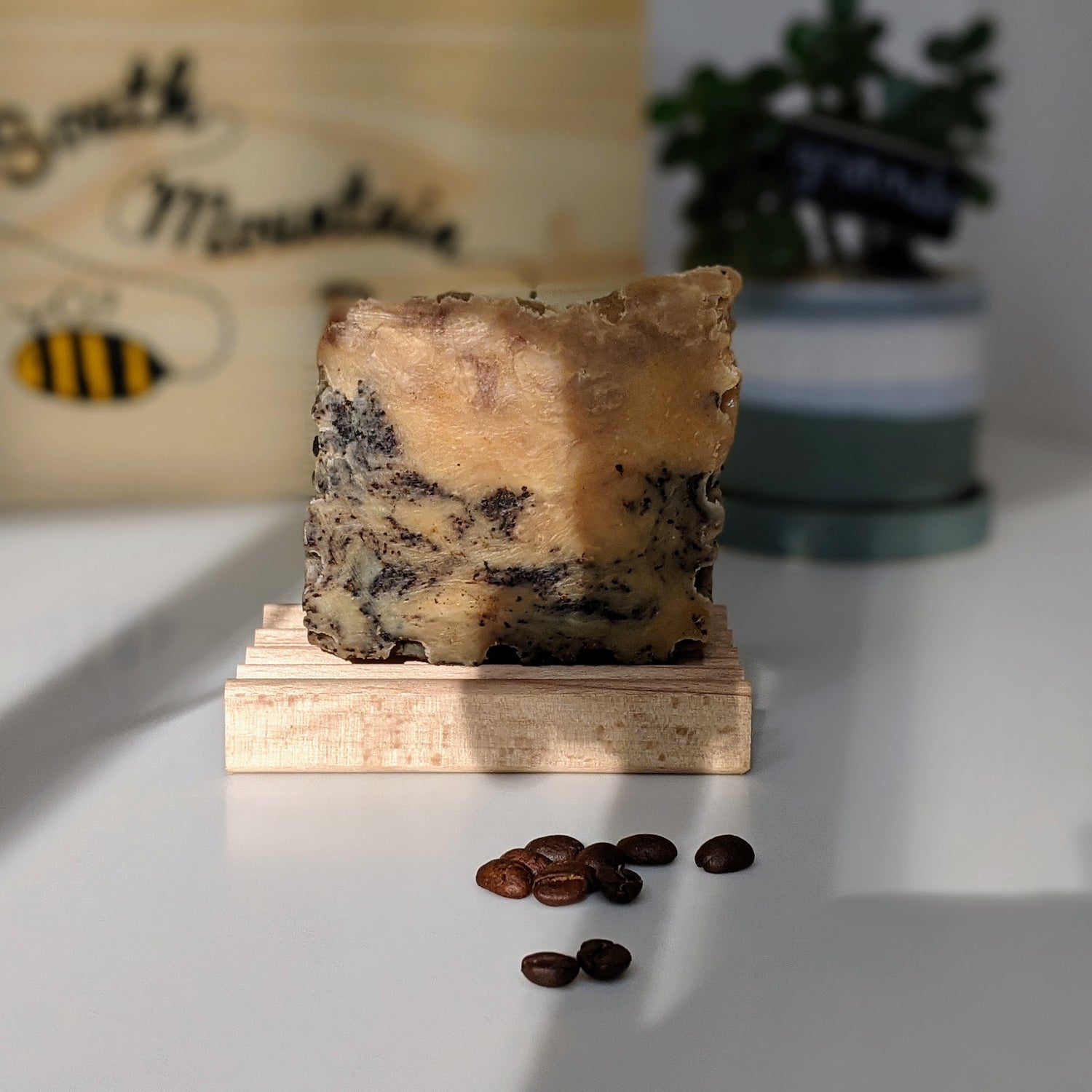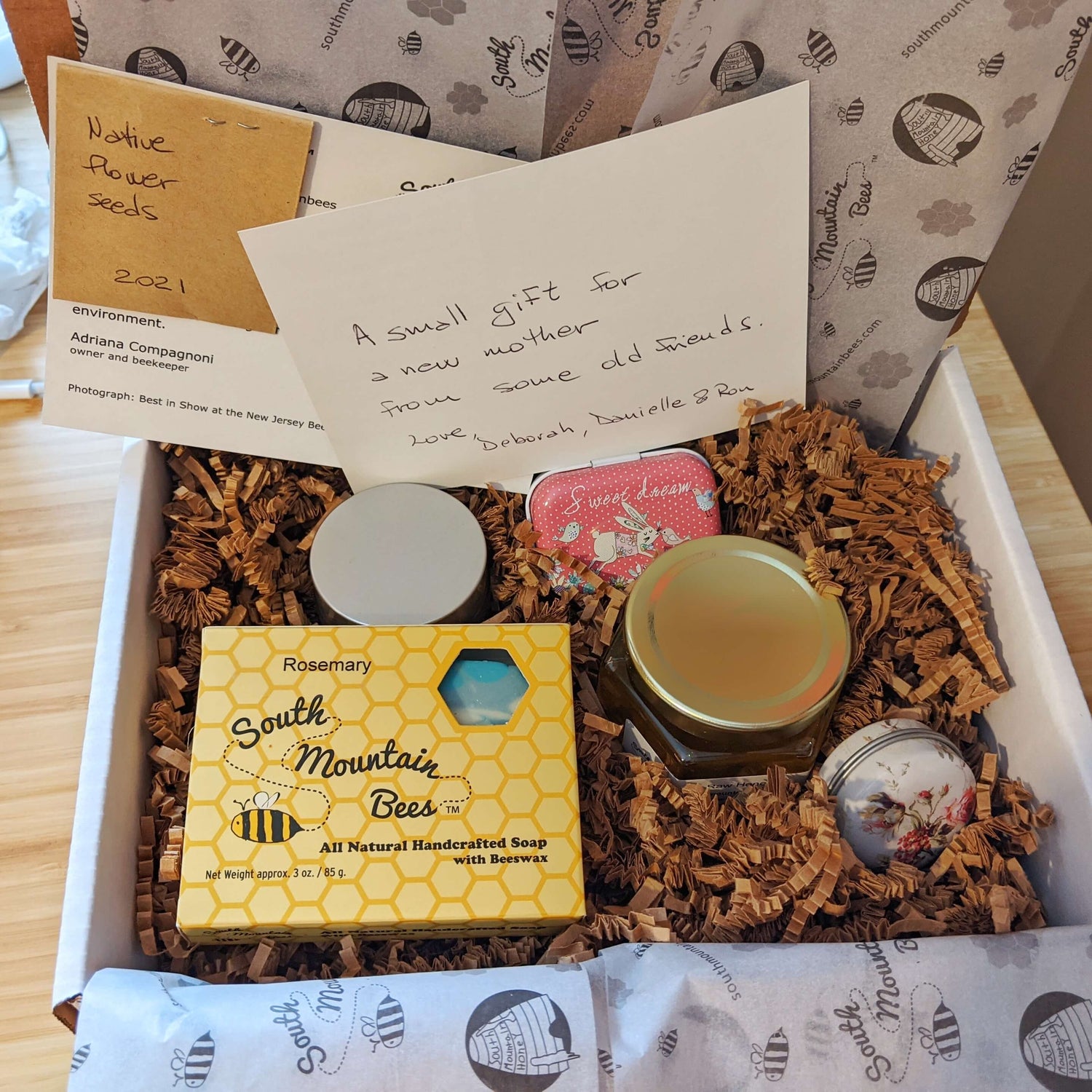On March 13, which today feels like forever ago, I noticed that there were lots of bees twitching on the ground in front of one of my hives. Some bees were rubbing their front legs frantically as if trying to rid themselves of something stuck to them, others were walking erratically like drunken men (I should probably say ladies).
I took a couple of videos and posted in in my beekeepers group to try to find a diagnosis and what, if anything, could be done.
I got messages of commiseration from my fellow beekeepers who thought it was some sort of poisoning, and that they had seen the same happen to their bees.
I also contacted my mentor, Master Beekeeper, Landi Simone, and she insisted that I contact the State Apiarist, Meghan McConnell. (Did you know the new NJ State Apiarist is a woman?!...Yay!...No politics here...)
As I was saying, I contacted her immediately. Landi also said that I should check inside the hive. If it was something toxic they picked up somewhere, it will be clear from the inspection. Meaning, the whole colony would be dead. Otherwise, there might be another explanation, and I should check mite levels.
Checking mite levels is like taking your kids for vaccination. You know it's going to hurt, but you have to do it.
Mites are vectors for all sorts of maladies, and they need to be kept under control.
The morning after, I suited up and checked the hive. What I found inside was surprising to me, but it makes a lot of sense.
There were some bees like this one. Shiny and oily looking, and without the fuzzy hairs that is so characteristic of the honeybee. They also had their wings open in a weird position.

Then at the top of the hive, where I had put winter emergency food (a.k.a. sugar and pollen substitute on a piece of newspaper), you could see something unusual. The sick bees were separated from the cluster. You can see them on the sugar at the bottom of the picture. It looks like bees know about social distance. To preserve the health of the colony, you need to keep a distance from the sick. And the bees I'd seen in the front of the hive the day before, either self-isolated, or were removed from the hive by housekeeping bees.
The nice part is that the colony otherwise looks pretty good. This is what all beekeepers are looking for when we open a hive. On the top left there is capped honey. Never seen that in early March here, but this is how weird this season is. Next to it there are cells with pollen followed by different stages of brood. Can you see the larvae inside the cells? They look like rolled-up pearly white tiny worms, and the ones covered with a light brown top are going through the metamorphosis to emerge as bees.

So what happened? What happened to those bees to start twitching and be shiny and hairless?
I did the mite check, and I found no mites. Which only means my sample had no mites, but it means that the level of mites in the colony is low, and not likely to have cause the problem.
Both my mentor and the State Apiarist suggest it is a virus (not the virus!). Diagnosing by symptoms, since we don't have a way to test for it (sounds familiar?), it is most likely Chronic Bee Paralysis Virus (CBPV).
So here's what I learned. A colony can carry the CBPV and remain asymptomatic, however outbreaks appear more frequently in spring and summer. Infected bees show abnormal trembling of the wings and body, accompanied by bloated abdomen, clustering of sick bees in front of the hive entrance or bees crawling on the ground. In more advanced cased the bees display the loss of almost all hair on the abdomen, leading to a dark, shiny and greasy appearance, and in a few days they won't be able to fly. An outbreak of CBPV can lead to the collapse of the colony.
Everything checks, but I'm hopeful the colony will survive.
If you want to know more about CBPV, here is a blog post with more details, and if you want a scientific report, here's a peer reviewed journal article.




